This year, the UK’s first F-35 squadron will declare initial operational capability.
It’s no secret that British forces wouldn’t have been able to reach that goal without their partnership with the US Marine Corps.
In order to train to meet operational requirements, a decision was made many years ago to integrate the training of the USMC and RAF together. About 10 years ago the UK’s Royal Air Force and Royal Navy began discussions about combining efforts on initial F-35B training with the United States Marine Corps.
Air Commodore Harv Smyth, UK Lightning Force Commander said:
“It started out as just a conversation about, ‘Wouldn’t it be a good idea to pool our resources?
In the early years, we knew we’d both have a small number of jets and a small number of people training, so it just made sense to work together.”
These discussions eventually resulted in a ‘pooling implementation agreement’ between the RAF, Royal Navy and USMC.
The Royal Air Force and Royal Navy plan to operate 138 F-35B aircraft. Their training will take place at MCAS Beaufort, South Carolina, where British pilots and maintainers will be embedded with the US Marine Corps and their fleet of F-35Bs.
This joint approach to getting the aircraft ready was very clear with recent F-35 trials aboard the USS Wasp, with much of the data produced being used to inform not only the USMC’s declaration of initial operating capability but also the British effort.
UK personnel were fully embedded in the USS Wasp trials and will use the data gathered from this event, future trials and operational deployments to support the UK’s flying trials aboard HMS Queen Elizabeth in 2018.
Co-operation doesn’t just extend to training, plans for frequent deployment of American F-35 aircraft alongside British jets aboard HMS Queen Elizabeth have been confirmed by British Defence Secretary Michael Fallon and are expected to significantly boost the capabilities of the UK’s new carriers.
A key element of 21st century air power is clearly working and smoothly implemented coalition operations, the F-35 provides a unique integrated air combat capability whereby coalitions of joint or allied F-35s can be supported in common. The F-35 was designed from the outset to bring these capabilities while also being interoperable across a coalition of air power.
Two networks are core to this operability: the Link-16 and the new Multi-Function Advanced Datalink (MADL). These systems allow the F-35 to communicate with nearly all current and future NATO assets.
Link-16 is currently utilised by most existing platforms fielded by NATO members and will allow F-35 to integrate seamlessly into a coalition force structure.
MADL will complement the current networks as NATO’s first high bandwidth, low probability of detect and intercept connection. The fundamental design features of MADL enable all NATO F-35s in a deployed coalition to communicate within an Anti-Access/Area Denial environment.
The potential for cooperation between the United Kingdom and coalition forces all using the F-35 variants is significant, in terms of coalition warfare the F-35 further increases the situational awareness of all parties to a greater extent than anything flying today, resulting in a quantum leap in capability for coalition forces.
Such is the aircrafts sensor and data fusion capabilities, a small number of F-35s could provide the UK and her coalition allies with situational awareness within defended airspace where platforms such as E-3 AWACS and E-8 JSTARS would be unable to operate.
F-35s could find and designate priority targets within defended airspace for a less stealthy fleet to attack from a relatively safe distance, further enhancing coalition capability.
The F-35s value is not only in its stealth or combat capability, it’s also in the flying sensor network it creates in the battle space.
The ability of the F-35 to drastically improve the combat capability of other assets was demonstrated recently when an F-35B and Aegis Weapon System worked together during a live fire exercise, with the F-35 passing sensor data to another platform which then engaged the target.
Using the F-35 as a broad area sensor can significantly increase a warships ability to detect, track and engage a target.
An unmodified US Marine Corps F-35B from the Marine Operational Test and Evaluation Squadron, based in Edwards Air Force Base, acted as an elevated sensor to detect an over-the-horizon threat.
The aircraft then sent data through its Multi-Function Advanced Data Link to a ground station connected to USS Desert Ship, a land-based launch facility designed to simulate a ship at sea.
Using the latest Aegis Weapon System Baseline 9.C1 and a Standard Missile 6, the system successfully detected and engaged the target.
The exercise was the first live fire missile event that successfully demonstrated the integration of the F-35 to support Naval Integrated Fire Control-Counter Air and represent a very promising exploration into the interoperability of the F-35B with other naval assets.
The F-35B will drastically increase the situational awareness of the forces with which it will deploy and for the UK, where deployed numbers may be a concern, it represents a fantastic way to enhance combat capability in any coalition or national effort.


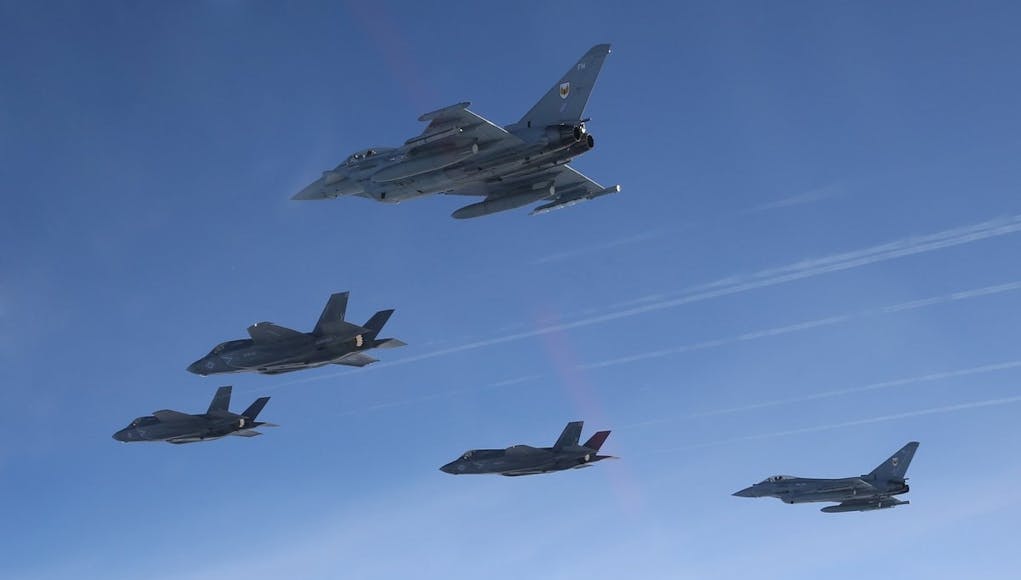


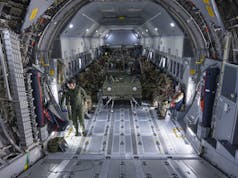
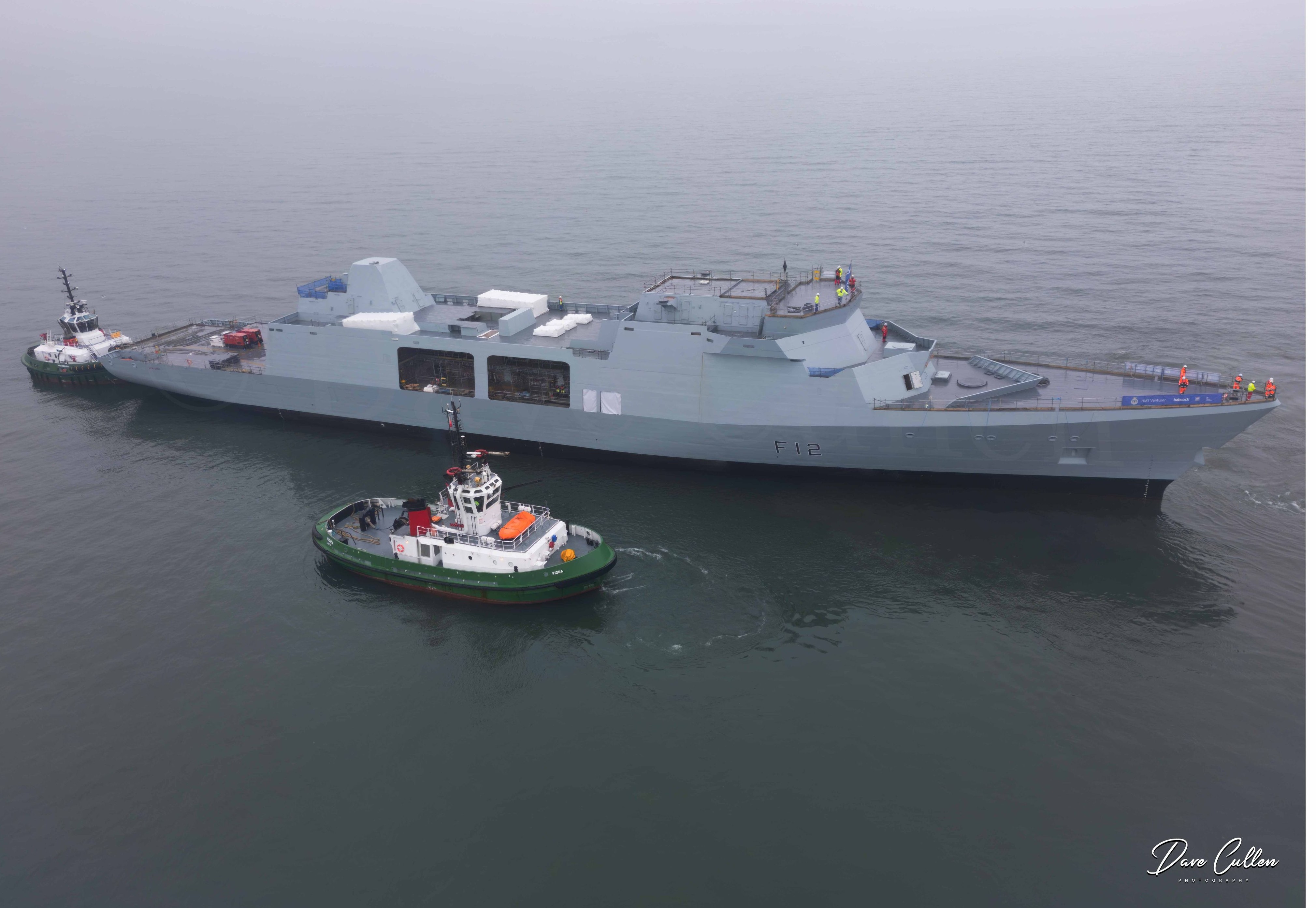
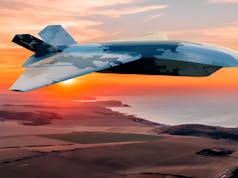

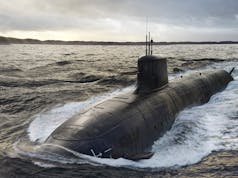
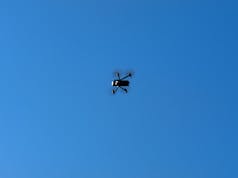


Will RN ships have MADL fitted? Or will the RN have to depend on an Aegis Baseline 9 ship rebroadcasting the data on Link 16?
It must do, otherwise how will it send its vast mission data files to/from ALIS?
Come to think of it, ALIS will be on board too, right?
I seriously cannot believe half our air force is going to be make up of jump jets with inferior range, payload and speed to any peer adversary they will face.
This is going to come back and bite us in the arse, calling it now.
4 Lightning squadrons with 6 or 7 Typhoon squadrons…. so, you are wrong there.
Seeing as the Lightning-B has the a similar range and payload as the Tornado it replaces, you must be furious as of right now as well!
Your complaint is pointless.
Presumably you are talking about the Russian Air Force.
Well, here’s the thing….. EVERY Western fighter in this class has less range and speed than the much larger Russian jets.
Yet all is not what it seems
Forget wiki specs….combat loaded the Su-27 is not good.
The SU-30 is about the same as Lightning & the SU-35 is a little better.
All they can do better is range, because they are twice the size!
Britain’s 1-2 punch of Typhoon-Lightning has no equal in the RuAF.
Don’t forget that the SU35 and Mig 29 series are cold war designed. They don’t have inherent stealth. They have lots of 90 degree angles and significant panel gaps. They also have straight through engine inlets with unshielded compressor fans. This makes them a lot easier to identify on radar at a much greater range. The PAK FA (SU57) is a much different beast as it was designed to go up against the F22. However, it has proved very difficult to change a 5th generation prototype aircraft into a production ready aircraft.
Both the F35 and Typhoon will have a Low Probability of Intercept AESA radar backed up with a class leading IR search and track system. The SU25/Mig29 will struggle to get into missile range and more importantly track range before it has already been detected and sent either a ASRAAM or Meteor. Typhoon although not a stealth aircraft has a very small frontal RCS and in an air superiority role can carry at least eight Meteor and four ASRAAMs. This gives it significant punch but also persistence to maintain a CAP with a reduced payload. Further, both the Captor E and AN/APG-81 radar has been designed to counter stealth aircraft.
Red Flag is a good combat indicator on how events may evolve if a shooting scenario develops against SU35s. Typhoons have earned a reputation to be feared by aggressor aircraft, as they generally hunt just using their IRST especially when paired with a F22 using it AN/APG77 AESA radar.
“Jump Jets” i.e the Harrier were largely responsible for winning the Falklands War despite having lower range payload and speed than their Mirage opponents. The F35 B has roughly double plus all of the capabilities of the Harrier including stealth and the most sophisticated cockpit in the world not to mention the unique flexibility given by VSTOL so Lewis, your fears are unfounded
Hi Geoff, Joe
STOVL operations provide great flexibility, albeit with a performance penalty.
Perhaps the point which Lewis was alluding to earlier is that the F-35 version which the UK has chosen, in comparison with other variants in the F-35 family, is somewhat deficient in performance. On that basis, as the UK will probably still fly the majority of operational combat jet sorties from air-bases (not aircraft-carriers), a dual buy of F-35B and F-35A might be merited.
I’m a huge fan of the Sea Harrier FRS1, but it wasn’t a wonder weapon – limited range for carrier operations – sometimes only able to CAP over San Carlos Water for 10 minutes, small radar, and limited weapons load. But in the hands of some of the most aggressive and tactically skilled pilots in the world, it was more than a match for Argentinian air arms – albeit at a heavy cost in shipping & sailors due to their predations.
Indeed such was the disparity in air-combat ability between FAA/RAF pilots and their Argentinian opponents, the noted aviation historian Alfred Price argued that if you had swapped the aircraft about, and had British pilots in the Mirage/Dagger cockpits, you would have had exactly the same result during air-combat!
A controversial view, no doubt !
The Harrier was indeed a good system, but it was a system that wouldn’t have been used if other planes were available, being subsonic and only finding itself being a valuable element because the enemy fighters had to enter their area to fire on the ships.
I’m afraid that the issue of the F-35 is one where I’m always going to find myself at odds with the community bar a few. I definitely see the merit on saving money via getting similar systems and recognise that the savings are quite large, but seeing as it’s the exact same reasoning that has driven the MOD since WW2, i.e. sacrifice capability to save money, it leaves a bad taste in my mouth. In the end I wouldn’t be so angry about cuts if the government admitted that the military won’t be able to do as much as before rather than bury their heads in the sand and pretend that nothing has changed.
The number’s will always be an issue … But a potential enemy in a SU27 variant in 2025 will be at a serious disadvantage to the block 4 F35B. The F35 will see the Flanker as it comes over the horizon with the radar signature of a flying office block!
A firing solution will be worked by the F35’s frequency agile and difficult to detect Radar and the poor Flanker pilot will be well within Meteors lethal envelope before he even knows he has company…. His radar warning systems will light up a few seconds before impact, giving him little chance to do anything but say a prayer.
The Su35 would present a more dangerous opponent, but still be at a serious disadvantage to the vastly technically superior F35.
Coupled with this, the Typhoon would be almost as capable, small Radar signature, Captor E and Meteor, even F22 pilots rate the Typhoon very highly as it is today, never mind upgraded as planned.
In all fairness even with the limited numbers the F35B / Typhoon mix combined with the advanced Meteor missiles will make the RAF by far the most capable European air force.
Now just more squadrons.
Better read DOT&E FY2016 and FY2017, then conduct a reassessment of this text.
The UK has made an excellent choice. I am French and pissed off that we still have to buy the inferior rafale instead of F-35. This crap is not stealthy and will never be.
Of my text??? I am talking 2025, block4 with superior European weapons?
Same with Typhoon…
It should come as no surprise that an aircraft as technically complex as the F35 has teething problems.
I have heard from a couple of old friends that Jeremy Corbyn still has plans to Cut back the Armed Services, Since Theresa May has Cut back many of the UK`s Forces 2 years ago…He pointed out that since Theresa May had announced that Lawyers working for the Irish Government in connection with the IRA about what Happened in Northern Ireland and Ireland during the Troubles…Many former Soldiers who worked for the British Army have been Dragged back by the Government to Testify in open Court about what Happened during this Terrible times…Many of these former British Army soldiers are in their 70s and have Forgotton what happened in those times…Many possible Recruits to the British army and Royal Navy and Royal Air Force have Now decided NOT to join the British Armed Services because of the way that Theresa May has Handled this Situation…This is why there is a Shortage in People joining up at this Present time…Another Mess made Worse by a Hapless Prime Minister Theresa May…That is WHY Many people want Theresa May to RESIGN ASAP..There are Many other Reasons why people do NOT like her Policies…This is just ONE of them…When Theresa May was Home Secretary under David Cameron as the then Prime Minister, Theresa May as his Home Secretary made a Number of Bad Errors and Judgments which made many people question her Right to be the Home Secretary, Let alone a Minister in David Cameron`s Government..A Number of people called for Theresa May to Resign…David Cameron resisted in Sacking Theresa May…That is why we are Stuck with her NOW…